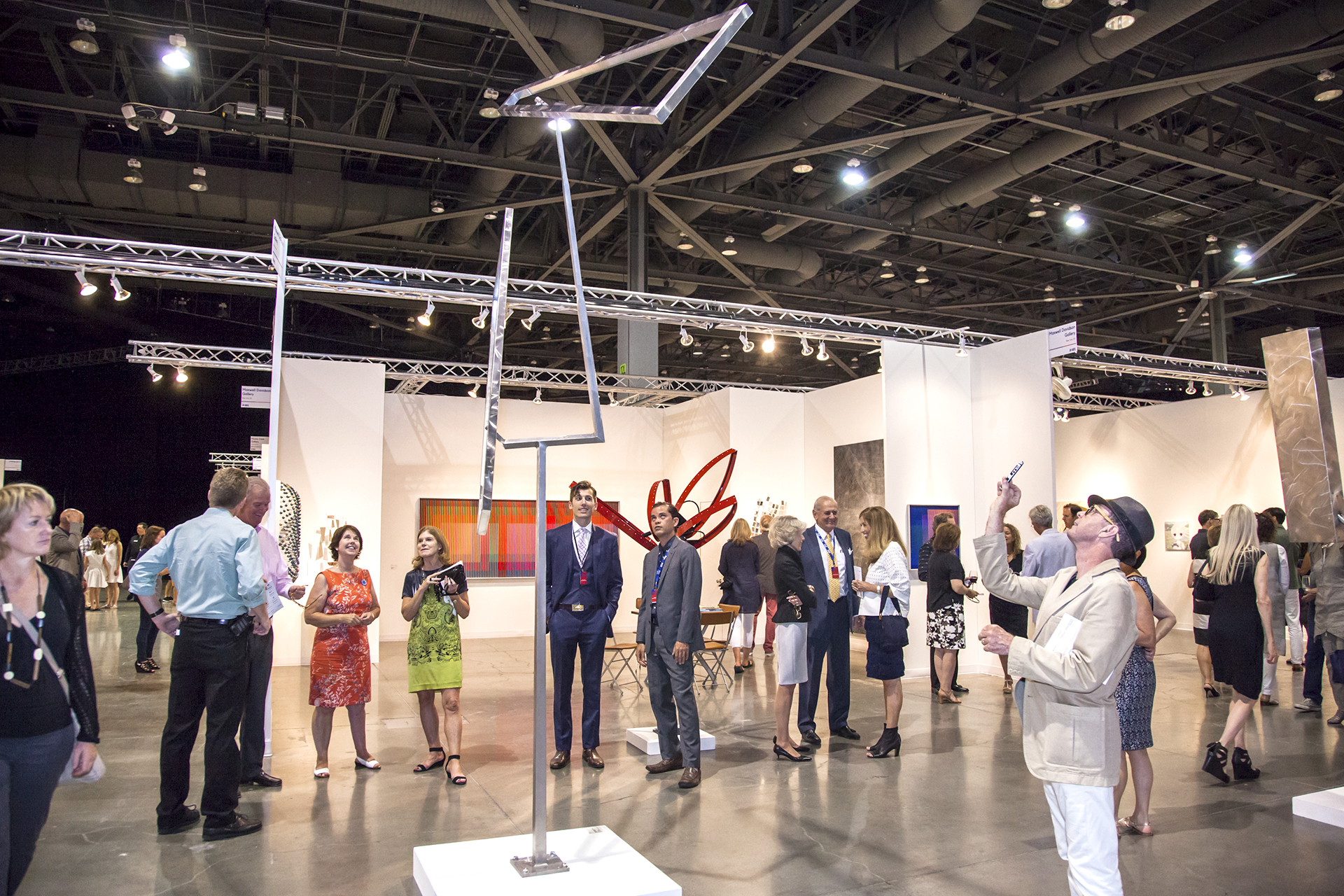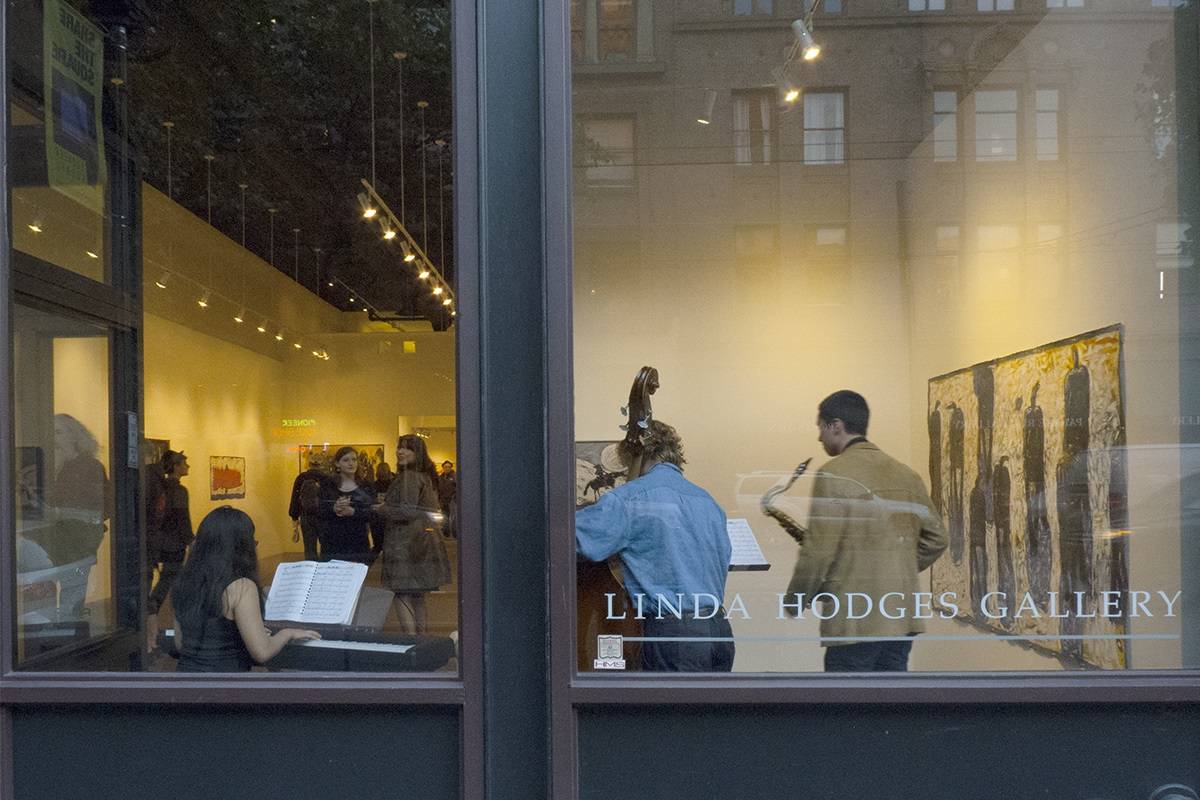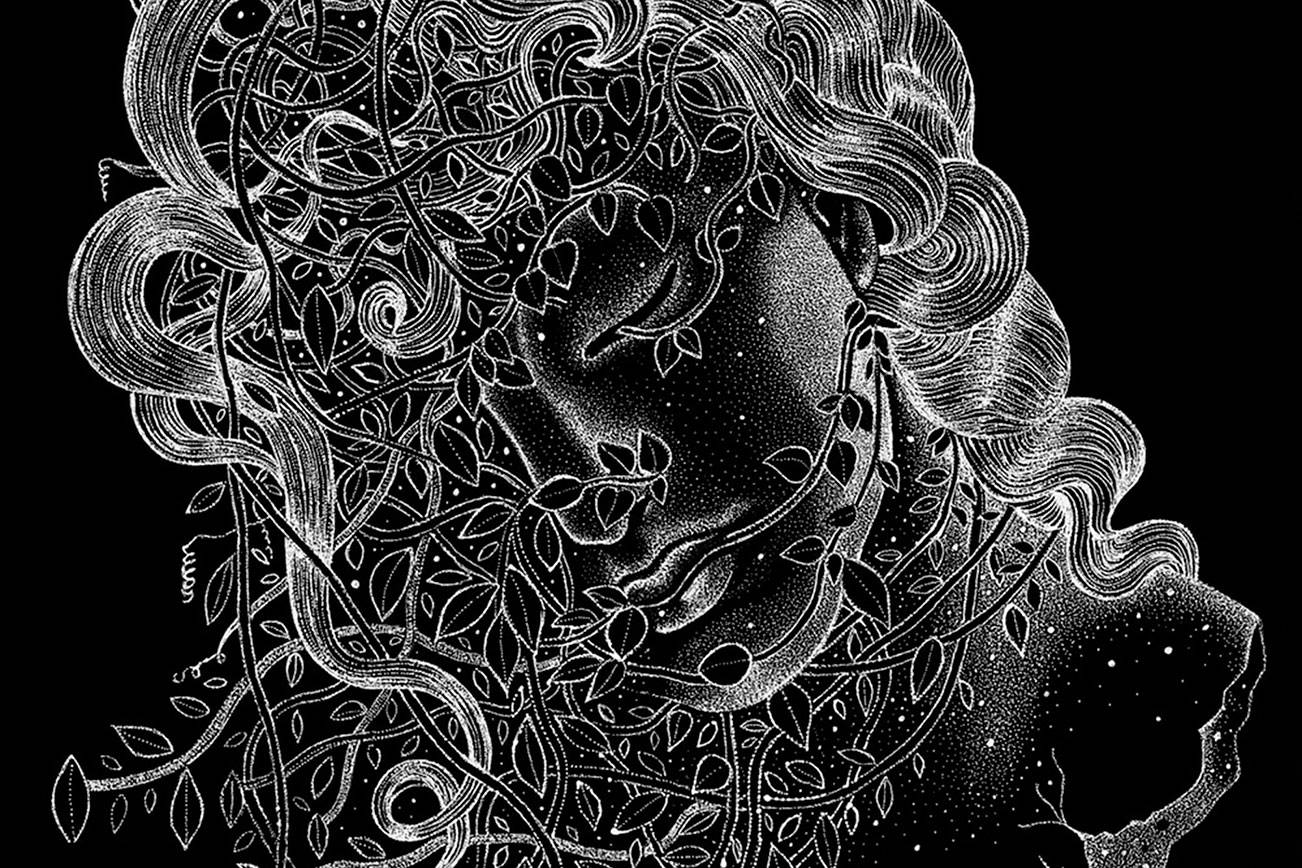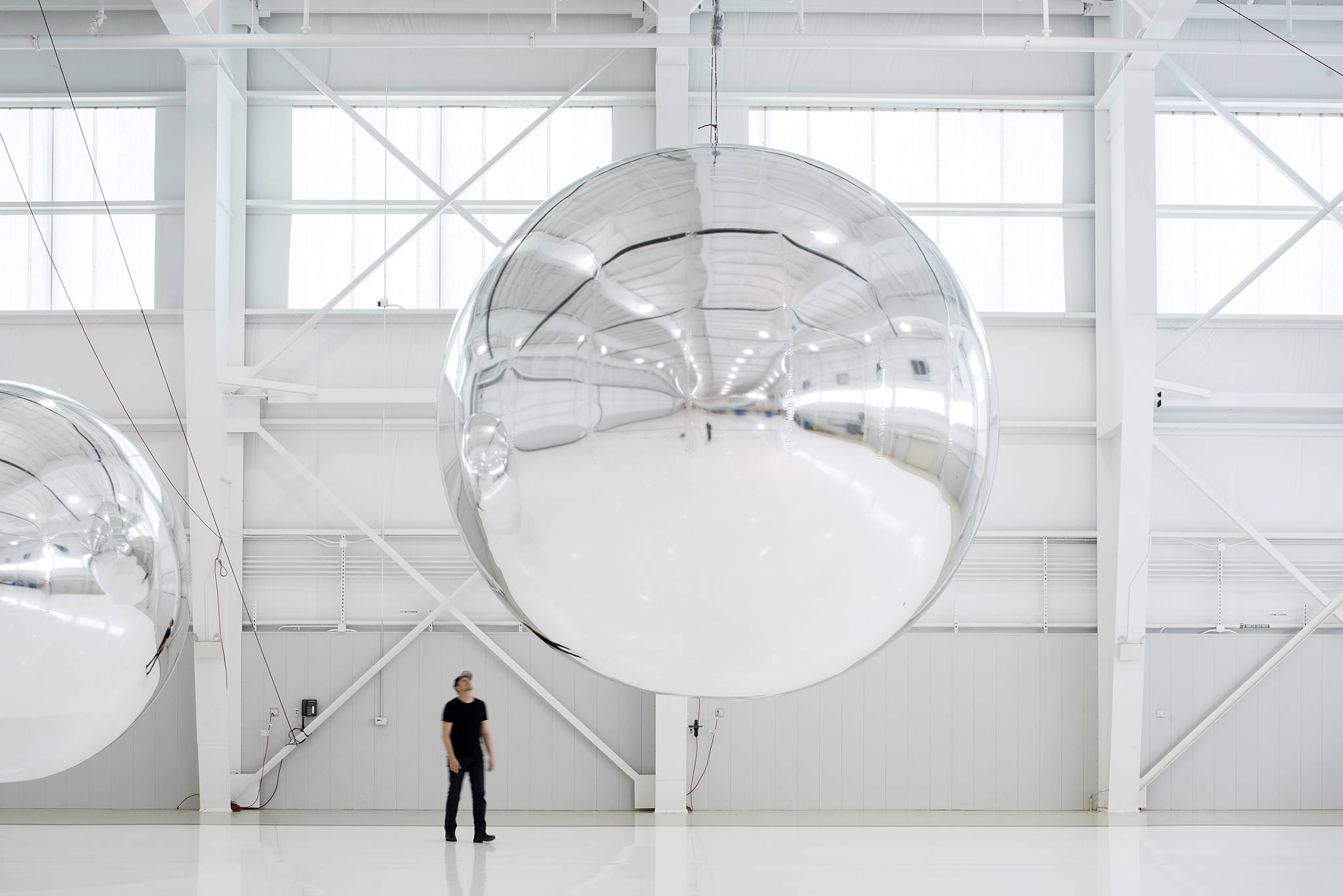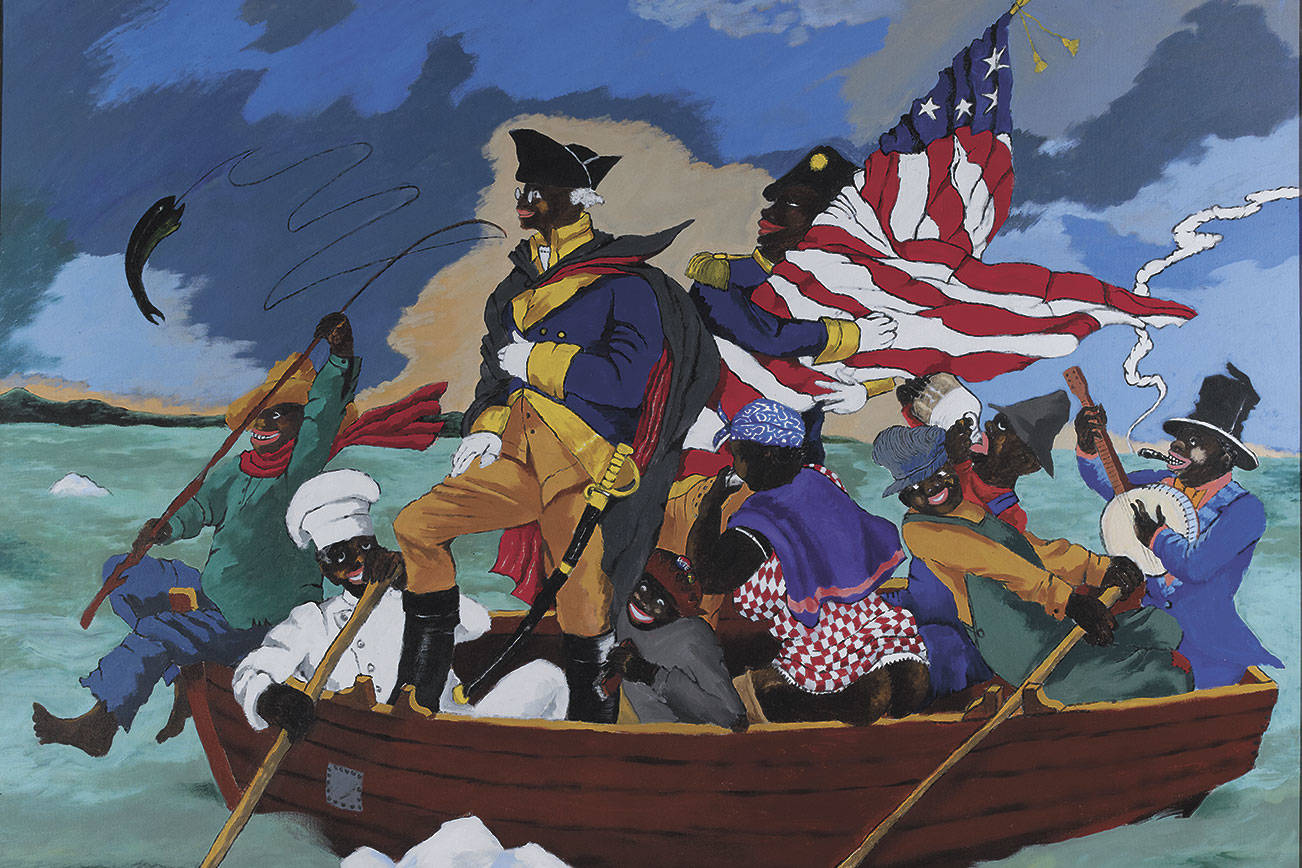Last year, both the Seattle Art Fair and Out of Sight were complex affairs that came together quickly. It may have been somewhat harrowing then, but because of all that work, both the Paul Allen-founded fair and its locally focused independent counterpart are working on firmer footing and promise to be even better this year.
Seattle Art Fair remains a moderately sized, therefore manageable affair, and the programming this year, both at the CenturyLink Field Event Center and offsite, promises to be more cohesive and polished. Curated by artistic director Laura Fried, the four-day event combines conceptual tours of the fair and neighborhood, live performances, large installations, and a stage where curators, scholars, and creative luminaries will enter into five distinct dialogues.
The offsite locales will be found in Pioneer Square and the International District, allowing visitors to get between performances more effectively. The schedule will allow for ambitious attendees to see and do everything if they so choose, though that won’t leave much time to check out booths in the fair (or galleries outside the fair, for that matter).
Out of Sight will be in the midst of it all, again located in the upper floors of King Street Station. Vital 5 Productions, headed by artist and entrepreneur Greg Lundgren, renovated the space for Out of Sight last year before filling it with art from dozens of local artists—everything from ephemeral sculptures made entirely of flour to wall murals to traditional painting and photography.
The site has since become a regular hub for other independently curated shows, including several with LGBT-themed content that is often hard to place in more traditional commercial galleries. Pushing that theme forward, Out of Sight has renewed its commitment to showing work from individuals and communities who have been traditionally underrepresented in galleries and institutions. In addition to works for sale, Lundgren says that there will be plenty of other non-commercial objects and installations, murals, and new-media. This year, says Lundgren, “We have invested a lot more resources in non-salable contemporary art because it makes up so much of the spectrum of what makes art in the region so dynamic.”
It will also be part of what makes Seattle Art Fair’s activities more compelling this year. Among the booths, SAF will present non-commercial installations, some of which are interactive.
At least one gallery will forgo commercial work completely to offer a singular vision: Mariane Ibrahim Gallery’s booth will be dedicated to an installation by artist Clay Apenouvon, who has been creating profound installations in Europe in response to the refugee crisis, environmental degradation, and oil struggles. His most recent collaboration was with Teatro dell’Opera di Roma for a production of Goethe’s Proserpina. I’m wildly curious to see what he does in the context of the fair.
Other experiences, such as Dawn Kasper’s “forest” of motion-activated cymbals, will be placed away from the center of the action to give an engaging escape for curious guests. A space dedicated to parents and children will allow budding artist to create interactive artworks courtesy of teamLab. And of course there will be a lounge area where people can cool their heels and have a bite to eat.
tflock@seattleweekly.com
